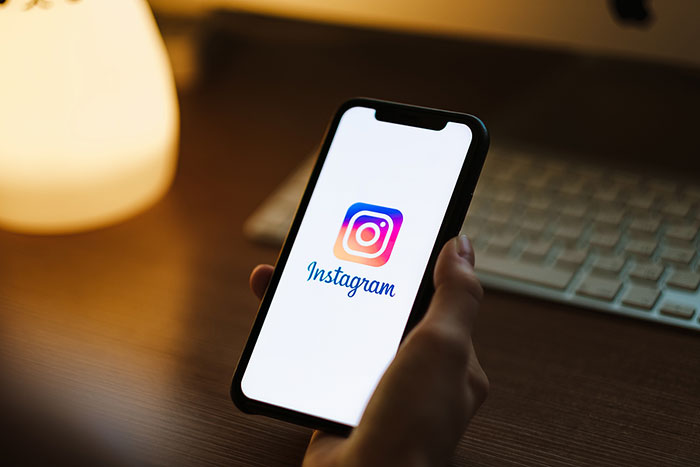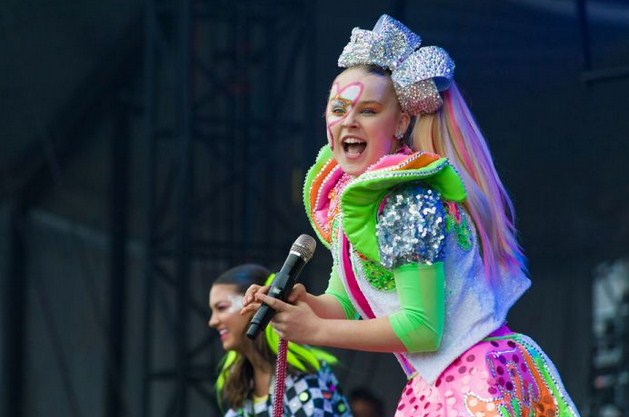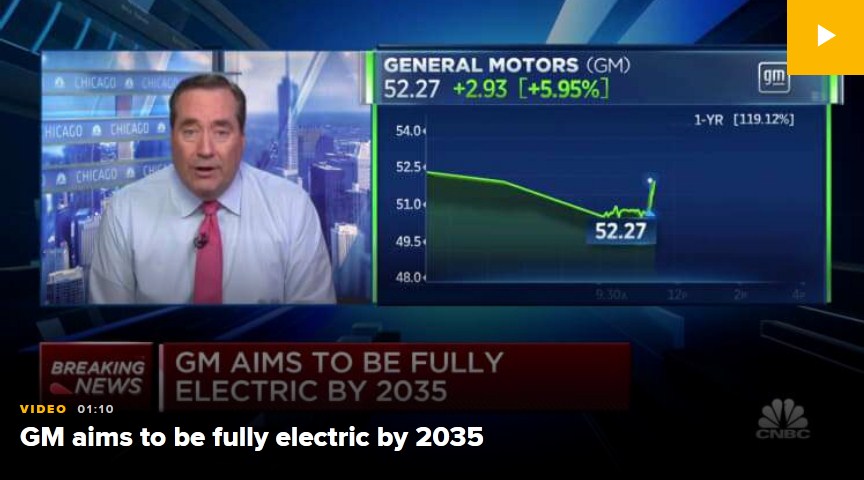
Personalized apps are applications that were built to meet the needs of specific audiences and a broad set of users may not find personalized apps as useful as those who it was made for. The user experience of a personalized app is designed specifically so that it provides its users a great and smooth experience while using the app. This is in contrast to the apps that are for the majority just like some of the most popular apps which are social networking apps.
There are about 1.6 million apps in the Google Play store and 1.5 in the App Store, With so many to choose from, a person only and usually just keeps an average of 35 in their phone and uses about 10-20 on the daily. That’s why app personalization is important. People download apps but they delete them immediately if they find that the app does not suit what they need or if the initial user experience is not great. When building apps it is beneficial to developers and designers to know who they are building it for so that they are able to customize it to what that specific group of people needs and wants. Doing this may secure that the specific audiences find the app useful.
Research is crucial in-app personalization. Gathering data about your potential users is key and demographic, contextual, and behavioral are the most important type of data.
Demographics focuses on things like sex, gender, age, race, religion, etc. This type of data makes the app more relevant to its users because what works for a certain age group may not work for a different age group.
Contextual targeting, on the other hand, is about finding out what device the potential users are using, what time of day they use their devices, their geographic location, etc. This way, the developers can make the app compelling to its potential users.
Lastly, personalized apps consider behavioral data. This is the actual behavior of the user towards the app. Developers and designers usually gather information on behavioral data by conducting user testing. User testing enables the creators to tweak their initial work so that it can be improved further.
All in all, these data are gathered to make sure that the users or potential users find the app helpful and/or interesting.
Here are popular examples of personalized apps:
- Spotify
Spotify offers ready-made playlists that are based on the songs you listen to. If you listen to pop, they’ll show you a pop playlist or if you listen to a specific artist they’ll show a playlist with that artist’s top songs. This way you are hooked into using the app more or to make you choose it between its competitors. Spotify is the number one example of personalized apps for how extra they are. They have Discover Weekly playlists that change every week that are based on your listening data or a recap playlist that consists of a compiled collection of all the most listened to songs you have for the year.
- Netflix
Netflix shows you recommendations on the main page and these recommendations are based on the past shows or movies you have watched. They also display a collection of movies from a genre you have watched which is called “watch it again”. If you recently watched The Notebook, chances are you’ll be greeted with other romance or drama movies. The “continue watching” list also hooks people in because it reminds you to go back to what you were watching.
Instagram has an explore tab that shows you the posts of other users that you may like. This allows you to follow more users that you are interested in and engage more with the app because it does not show you things you are interested in seeing making it a customized place where you just scroll and see every single thing you like. This makes it so easy to browse around the app.
Personalized apps are not all popular apps like these. There are apps that are less known but are really useful for their specific audience. There are apps that were made for clinics or hospitals such as the medical patient portal. Some are made for students where they are able to do school things like access news from their professors. There are applications that are designed specifically for women such as period cycle trackers. There are also plant lovers where they can identify different types of plants using the app.
All of these apps were made to cater to a specific group and some apps are even made to cater to a specific individual. Either way, it is carefully made to give the best experience and to make your life more efficient. When done well, personalized apps are proven to be extremely effective in garnering more users. With a lot of competitors, apps with customized content remain the best way to be on top of the charts.


